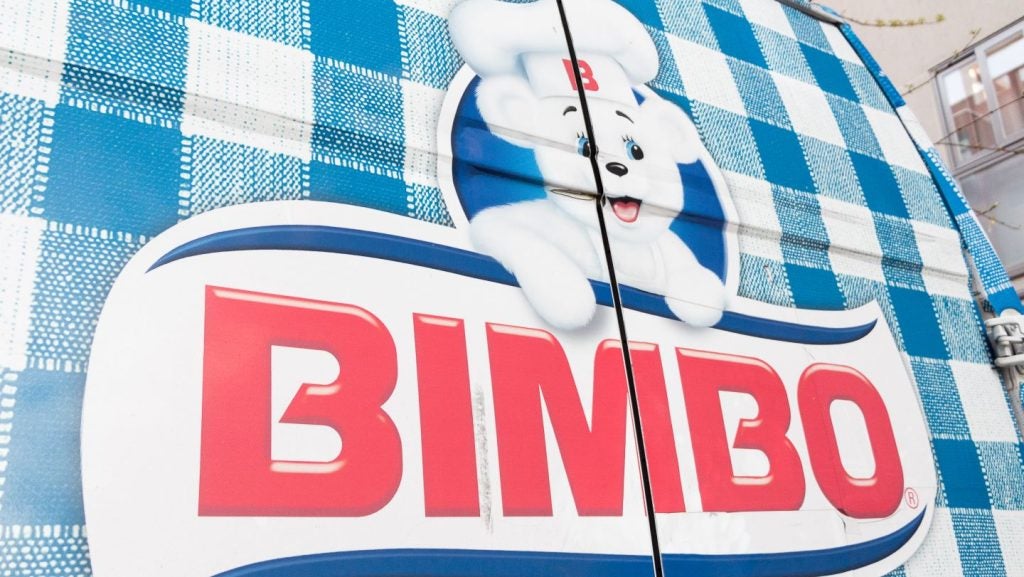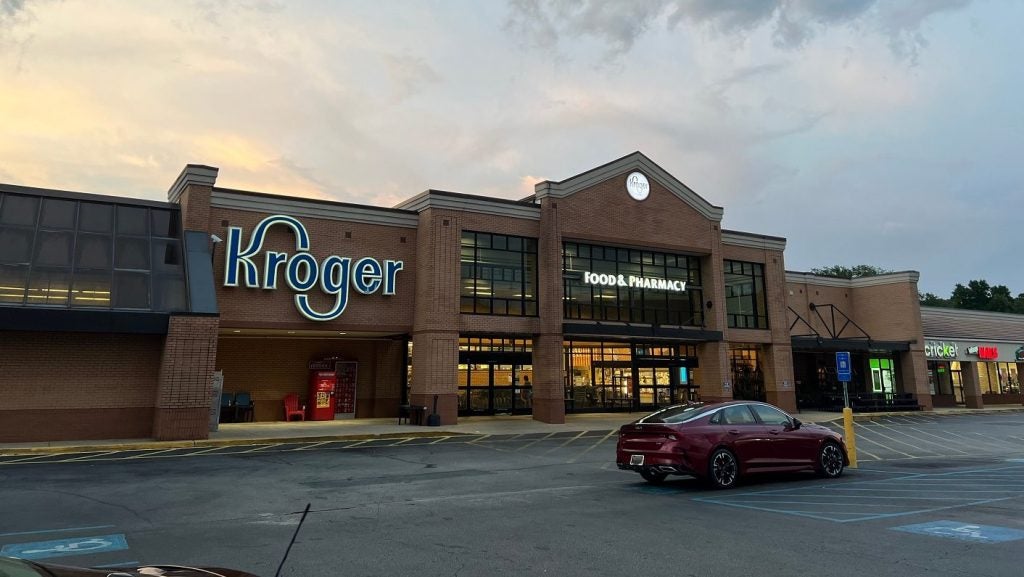Tesco executives may feel they have a lot on their plate but their “to do” list is not as long as that sitting in front of their counterparts across the English Channel at Carrefour.
Last week, the French retail giant – and world’s second-largest retailer – reported its sales figures for 2011. Sales, Carrefour said, inched up 0.5% on 2010 as growth in emerging markets just offset the problems it has had in western Europe and, in particular, in France.
However, 2011 was a year in which Carrefour, battling declining sales from its core hypermarket chain in France, had issued a series of profit warnings and, on Thursday (19 January), it said its current operating income for the year would be “at the lower end” of the 15-20% fall it forecast in October. The retailer also said it had decided to put its Planet hypermarket format under review. Carrefour is set to announce its full-year profits in March but the announcement underlined what a challenging year 2011 had been for the business and for CEO Lars Olofsson.
The announcement came in the week that Carrefour announced the departure of yet another senior executive, and with speculation resurfacing about the future of Olofsson himself. On Tuesday, the FT had reported that Georges Plassat, chief executive of fashion retail group Vivarte, was in talks over taking the top job at Carrefour. The retailer refused to be drawn on the report, calling the speculation a “recurring rumour”. It is not the first time Plassat has been touted as a replacement for Olofsson; in November, Le Figaro reported that Plassat was being courted by Carrefour’s major investors.
The speculation over Olofsson’s future is a big question mark over a company that continues to face problems in 2012. In France, the Planet hypermarkets is not gaining the traction Carrefour had wanted. When Carrefour launched the format in 2010, it set a target of having 500 stores by the end of 2013. At the end of last year, there were 81 open.
See Also:
In France, Carrefour is also seeing its domestic rivals like Auchan and Leclerc race ahead in developing truly multi-channel businesses. Outside its domestic market, like-for-like sales in Europe fell in 2011, with sales down in all markets in the fourth quarter. Like-for-likes rose in Latin America but were lower in Asia due to a 6% fall in China.
How well do you really know your competitors?
Access the most comprehensive Company Profiles on the market, powered by GlobalData. Save hours of research. Gain competitive edge.

Thank you!
Your download email will arrive shortly
Not ready to buy yet? Download a free sample
We are confident about the unique quality of our Company Profiles. However, we want you to make the most beneficial decision for your business, so we offer a free sample that you can download by submitting the below form
By GlobalDataSimon Chinn, lead consultant at retail analysts Conlumino, said Carrefour must focus first on revitalising its domestic business, although he concedes the retailer is having problems internationally.
“There are so many issues that Carrefour is having to deal with but if I was to pin down one area that needs the bulk of its focus is what it is going to do with the larger formats [in France],” Chinn says. “Even before the downturn, there were significant problems and Carrefour hasn’t really solved that problem.”
Chinn also argues Carrefour needs to improve its multi-channel offering in France, particularly in allowing consumers to order online and pick up in-store. “It’s been slow with the roll-out of its Drive concept. Auchan has led the way on this and in the last year E. Leclerc has made a massive push in this area.”
It will be a concern to Carrefour’s shareholders that the retailer also has problems outside France. Like-for-like sales were down in Spain and Italy, as Carrefour felt the effects of the sovereign debt crisis in southern Europe. However, fourth-quarter like-for-likes were also down in China, which Chinn described as “worrying”.
One vocal critic of Carrefour’s recent performance has been US investment fund Knight Vinke, which owns 1.5% of the retailer. In October, the fund, in an open letter to Carrefour’s board, shareholders and employees, suggested the retailer should change its management structure to address “serious governance issues”.
Eric Knight, the fund’s CEO, put foward the appointment of an independent chairman to oversee the roll out of Planet (although with Carrefour’s announcement last week that the chain was under review, perhaps the fund has secured the more circumspect approach it wanted from the retailer). However, it also suggested Carrefour could have two CEOs – one in charge of its stores in France and one leading its operations in emerging markets.
Chinn argues a split of responsibilities “would be a good move” for Carrefour. The complexity of Carrefour’s domestic store estate – with different-sized stores located in different types of locations – would benefit from a structure that has a single executive overseeing the business, Chinn said.
Should Olofsson be one of those CEOs in what Knight Vinke called a “twin-headed structure”? Chinn prefers not to comment but he acknowledges that, with the rumours linking Plassat to Carrefour, there is a “big question” over whether Olofsson has a future at the retailer.
That is just one question fixing the minds of industry watchers and investors. Can Carrefour turn itself around? How will management look to revitalise the business? Who will be at the helm? At present, it is anyone’s guess.







